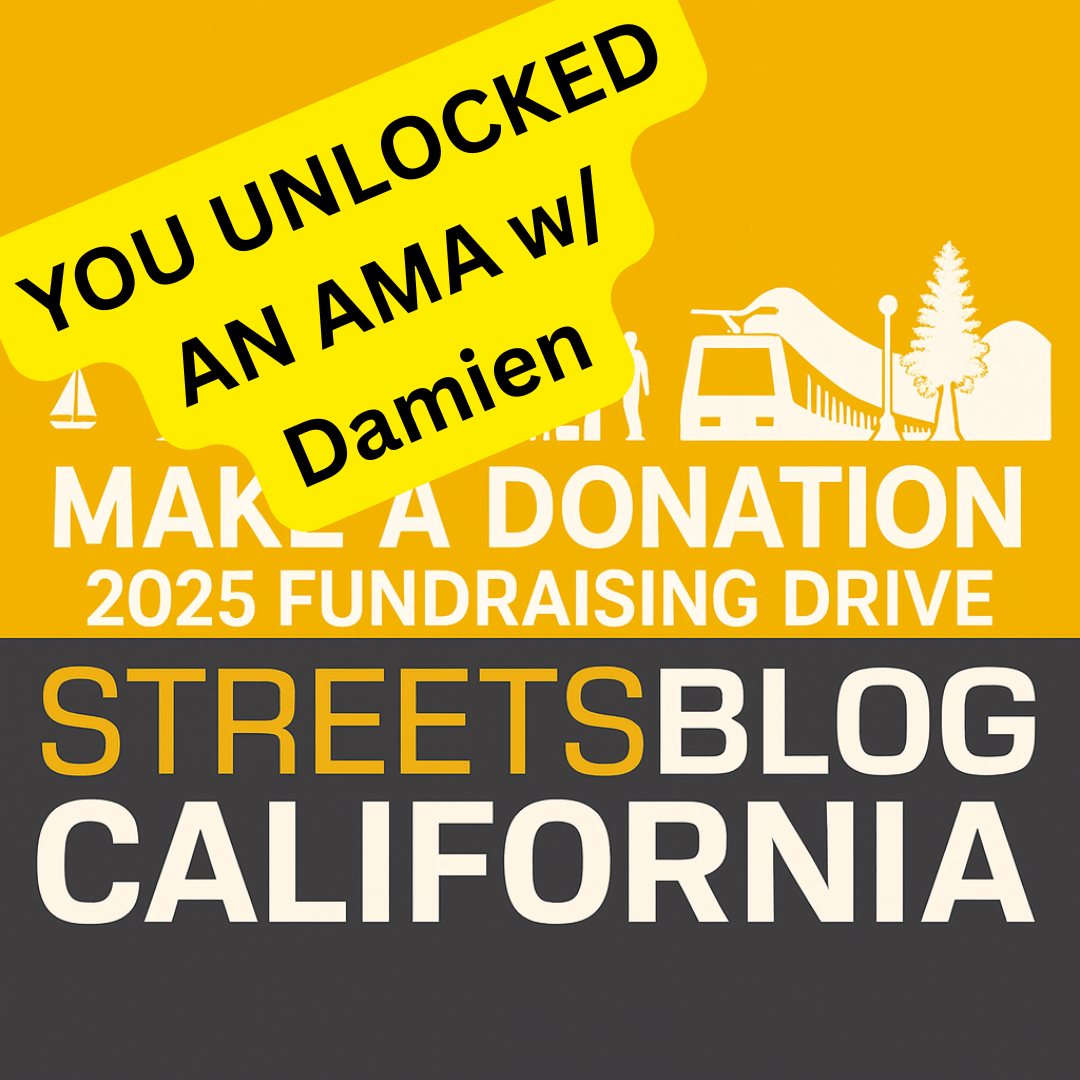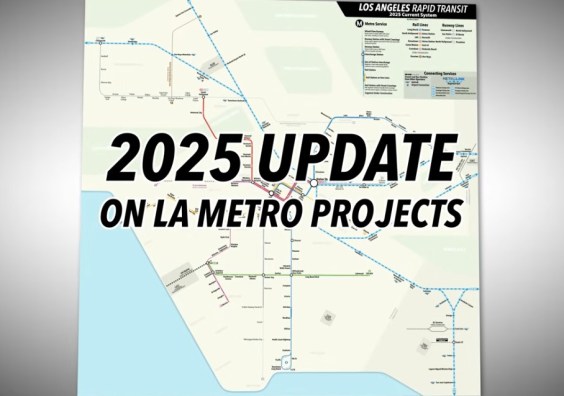One of the items on the California Transportation Commission's agenda last week was adoption of guidelines for the State Highway Operations and Protection Program, one of the state's largest funding programs for transportation. Commission staff had presented a draft of the guidelines at the October meeting, and planned to adopt them this month.
Advocates and others pointed out that the update should incorporate S.B. 960, a new law signed by Governor Newsom in September that requires Caltrans to plan for and include accommodations for safe walking and biking on its projects.
Streetsblog California wrote at the time that CTC staff said they were not going to include any information about S.B. 960 in this guidelines update, even though advocates had been reminding them since spring [PDF] that the law was likely to pass and would need to be dealt with [PDF].
But in the month or so since that meeting, something shifted. Maybe it was a letter Senator Scott Wiener, the author of S.B. 960, wrote to the Commission. At any rate, staff changed their minds and found a way to follow the advice they were getting from climate and sustainable transportation advocates.
The matter is urgent. Next year's SHOPP funding cycle is already being planned, and projects take a long time to go through planning and funding cycles. Meanwhile, SHOPP guidelines are updated only irregularly, with no strict deadline. Years could pass S.B. 960 requirements were included.
At last week's meeting, CTC staff said they added language in specific sections to "ensure the inclusion of… S.B. 960 requirements into the SHOPP processes." One section now clearly states that bicycle and pedestrian projects, in addition to other safety improvements, are eligible for SHOPP funds. And they added clarification about when and how SHOPP funds can be applied when a project uses multiple sources of funding. SHOPP funds are only allowed to be used for "maintenance, safety, operation, and rehabilitation of state highways and bridges that do not add a new traffic lane to the system," so if SHOPP funds are combined with other funding sources, say on a project that adds highway capacity, there has to be transparency about which program pays for what.
One section of the guidelines now reads: "to the extent possible and cost-effective, and where feasible, Caltrans shall… incorporate complete street elements, including, but not limited to, elements that improve the quality of bicycle and pedestrian facilities and that improve safety for all users of
transportation facilities." And in accordance with S.B. 960, it goes on to clarify how exceptions can be made: "If the Department decides not to include complete streets facilities in a manner consistent with the Department’s guidance, the justification for that decision shall be posted on the Department’s public internet website."
Another section adds that the State Highway System Management Plan "shall include specific quantifiable accomplishments, goals, objectives, costs, and performance measures for complete streets and transit priority facilities" and that "Caltrans shall incorporate Climate Action Plan for Transportation Infrastructure (CAPTI) strategies as well as the Caltrans Equity Statement in the development and implementation of the State Highway System Management Plan to the maximum extent feasible while meeting the legal, statutory, and operational requirements of the State Highway System."
Caltrans' quarterly reports to the Commission on SHOPP projects shall also include "a description of complete streets facilities, including pedestrian, bicycle, and transit priority facilities, on each project, including the number, extent, cost, and type of the facilities."
While it's not clear why there was resistance at first, this is a win. Complete streets are now part of the state's highway maintenance funding guidelines. The battle to get good projects built will likely continue on a project-by-project basis, but Caltrans and other agencies will have a harder time ignoring the need for them.






